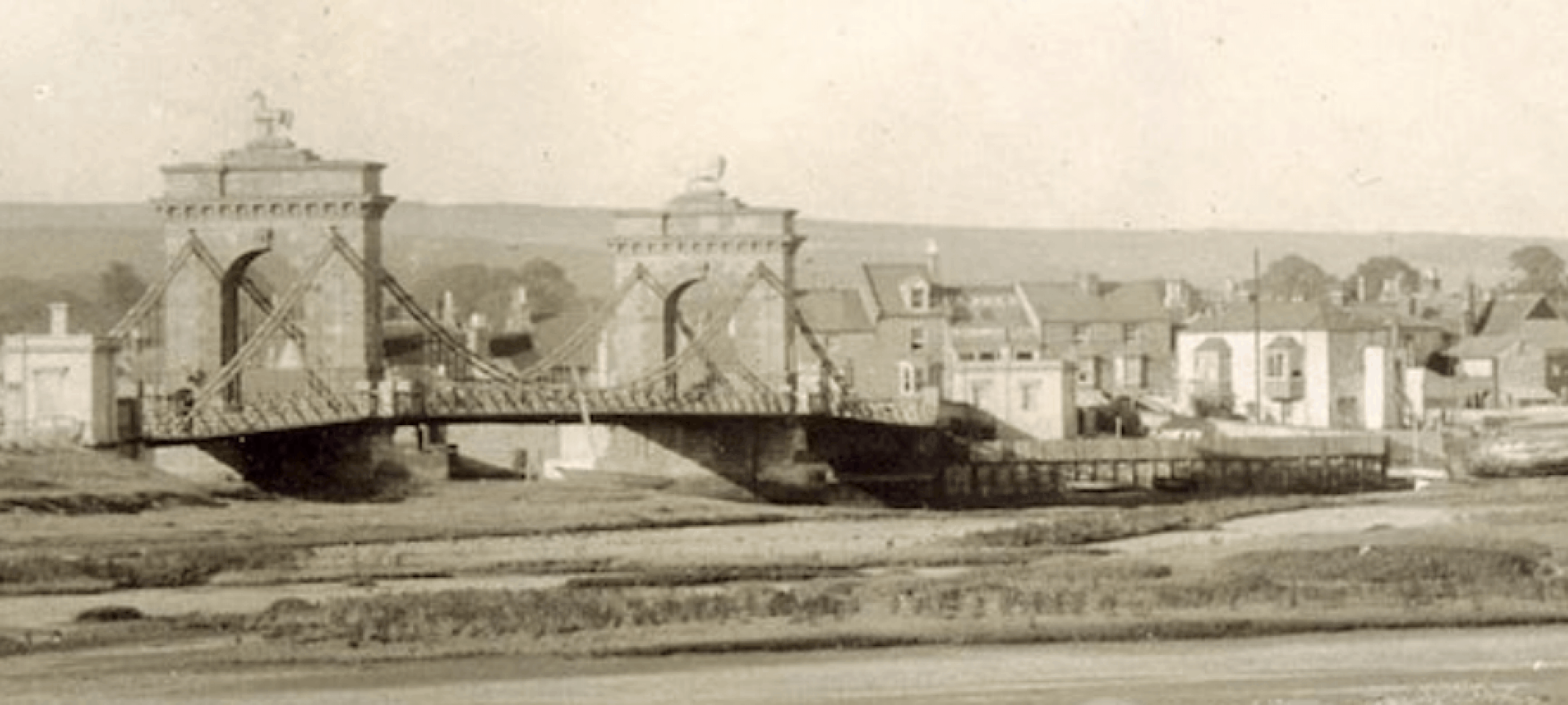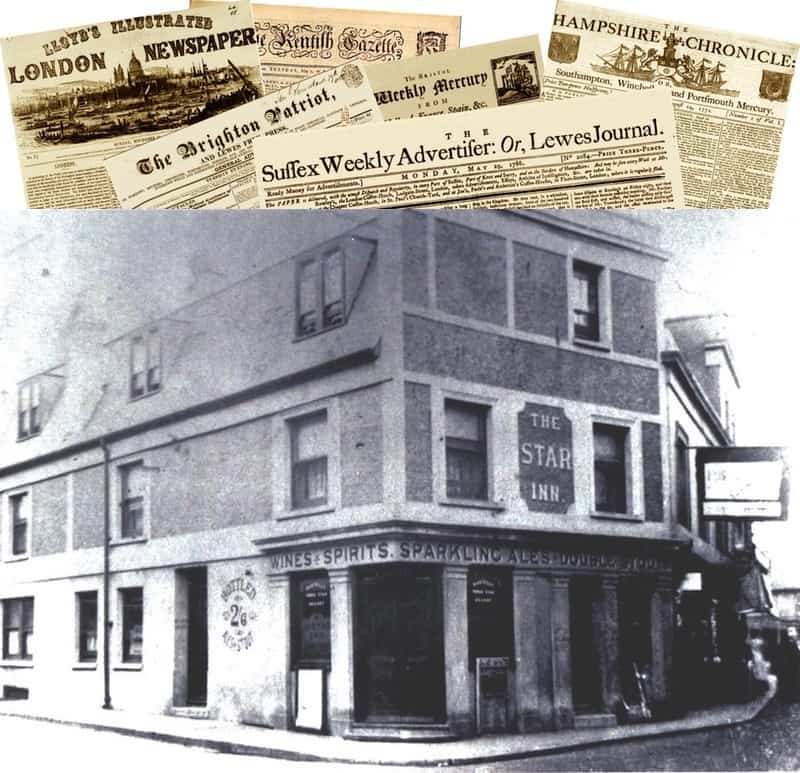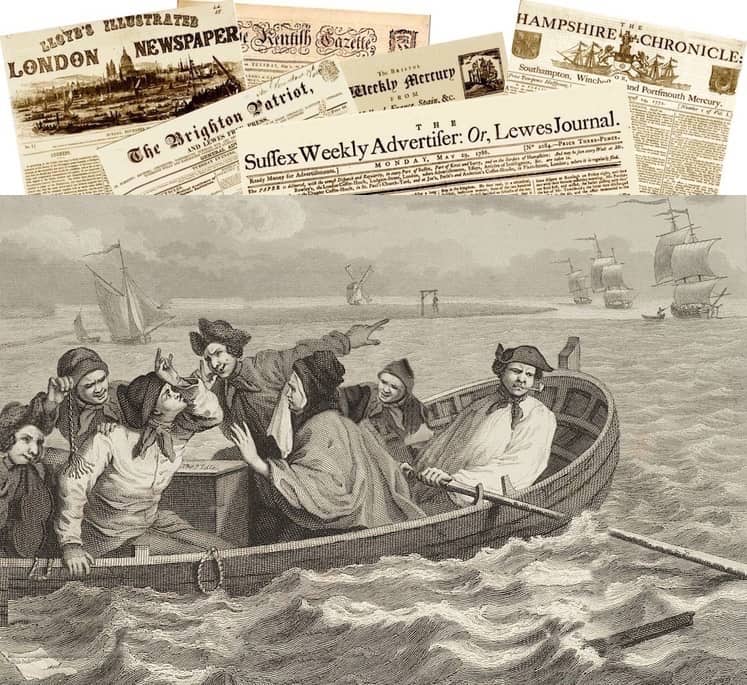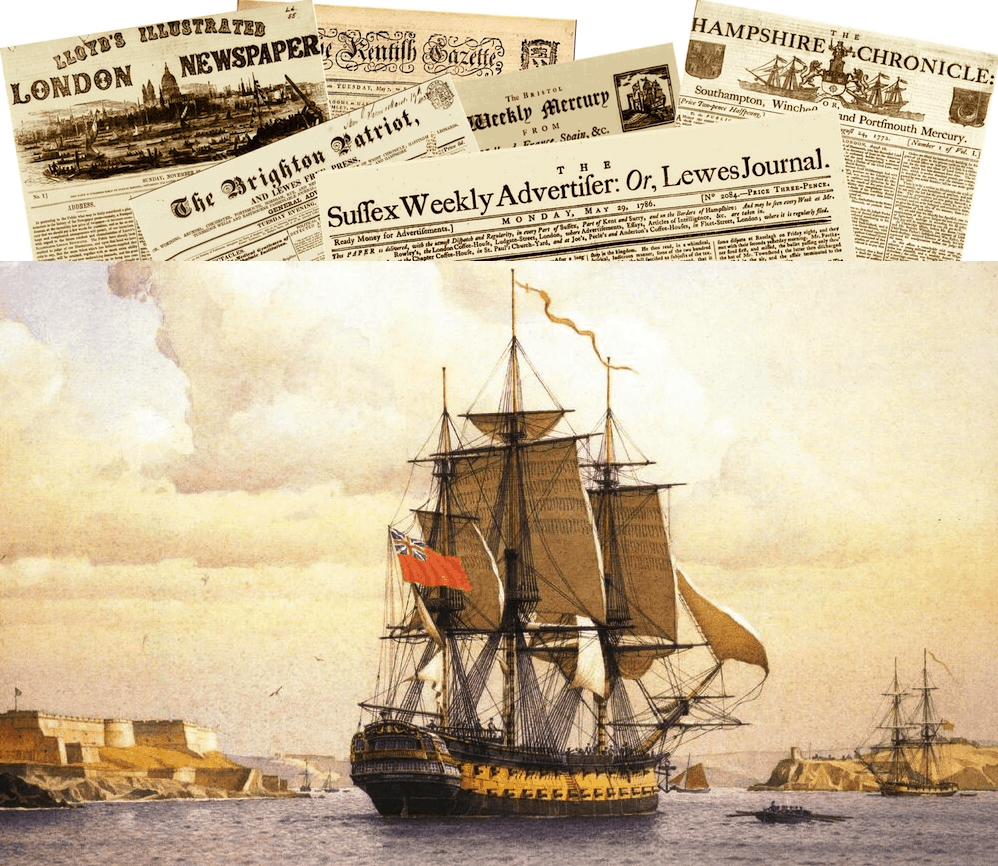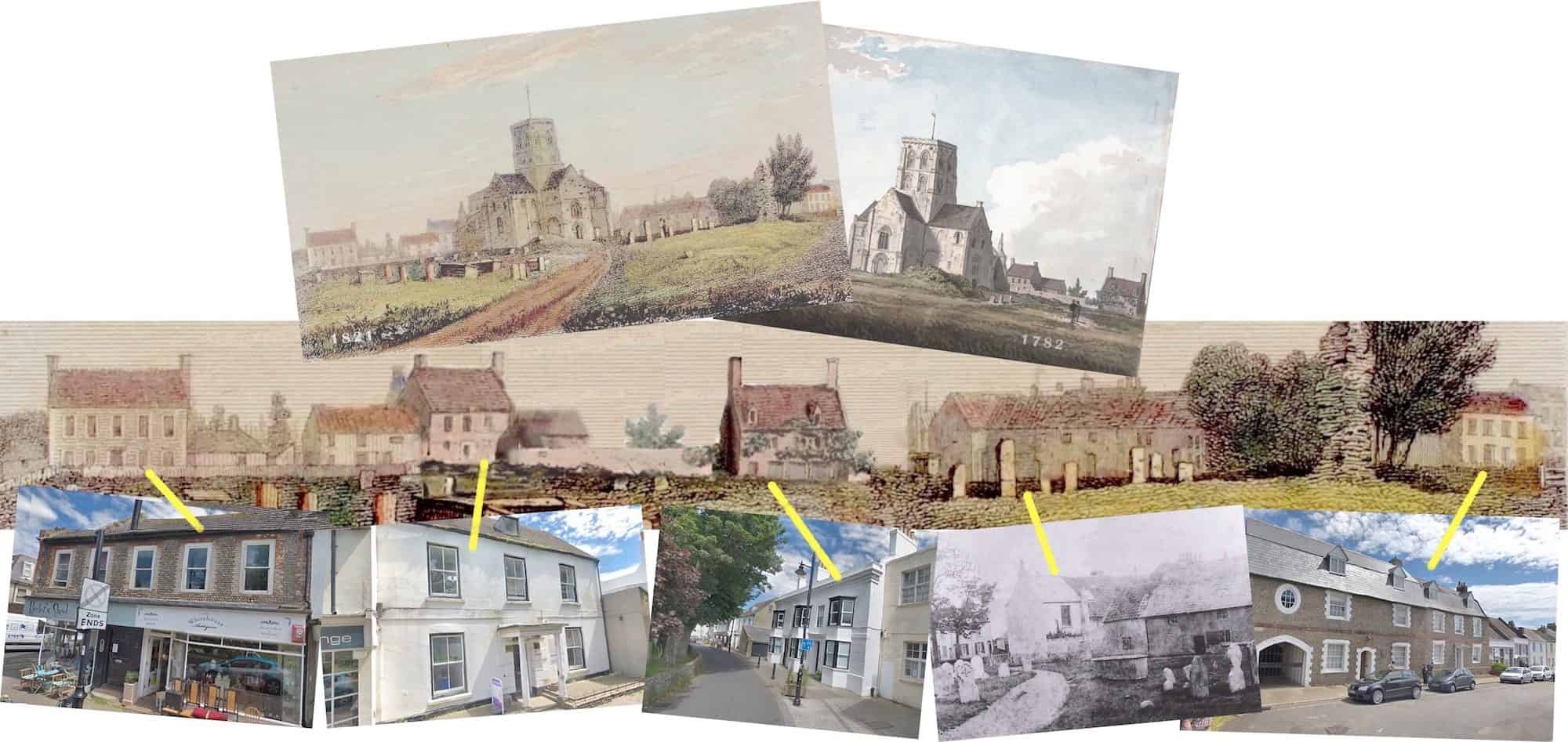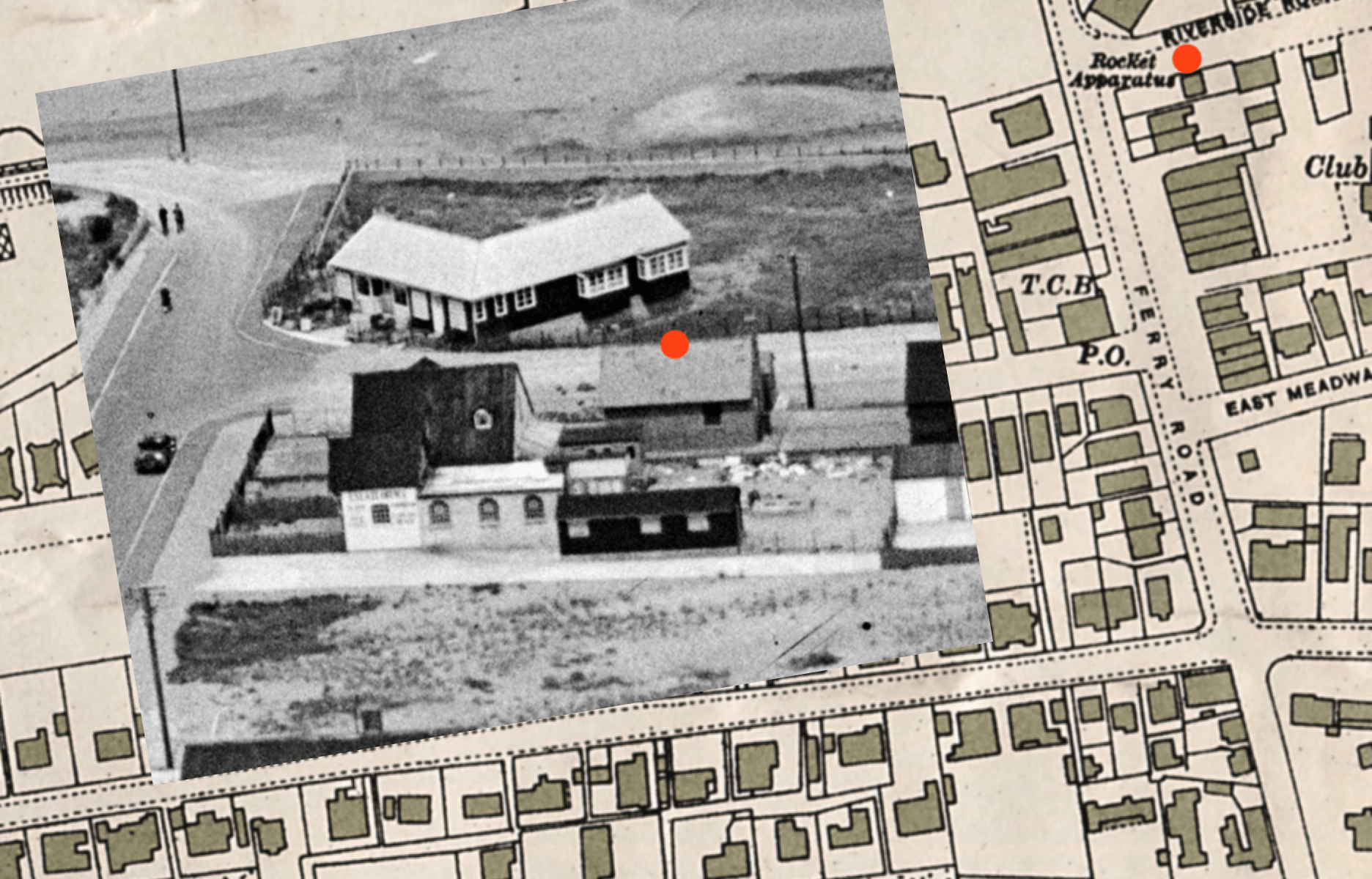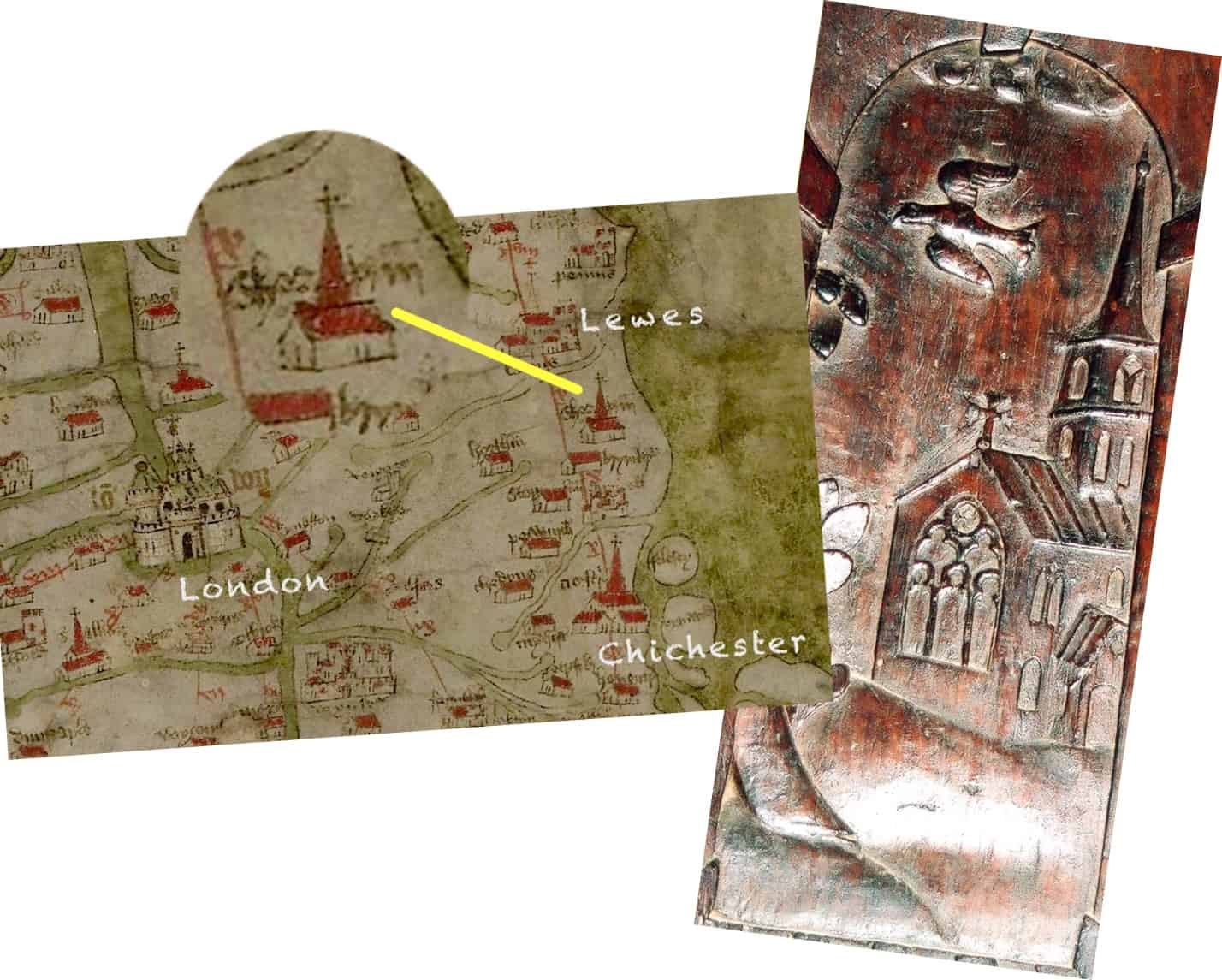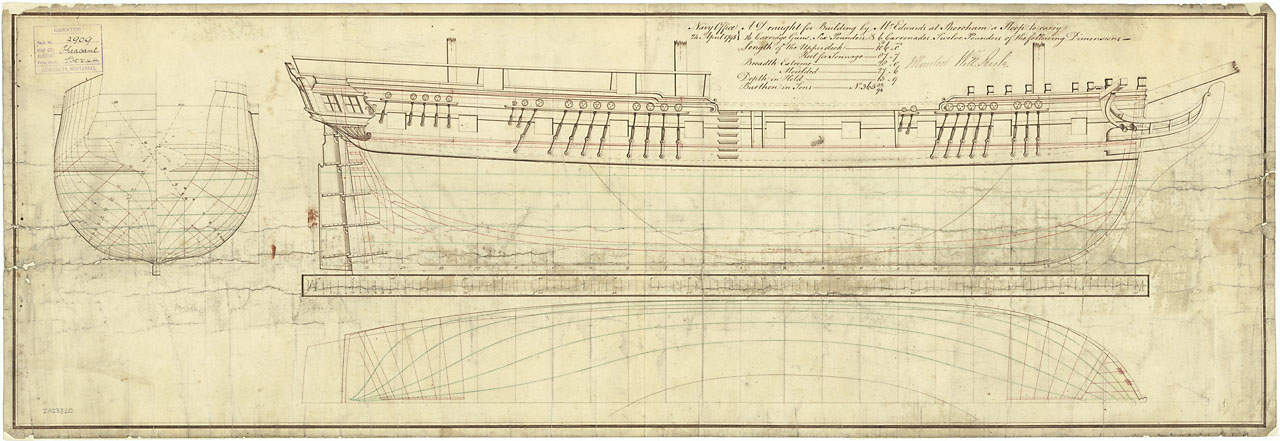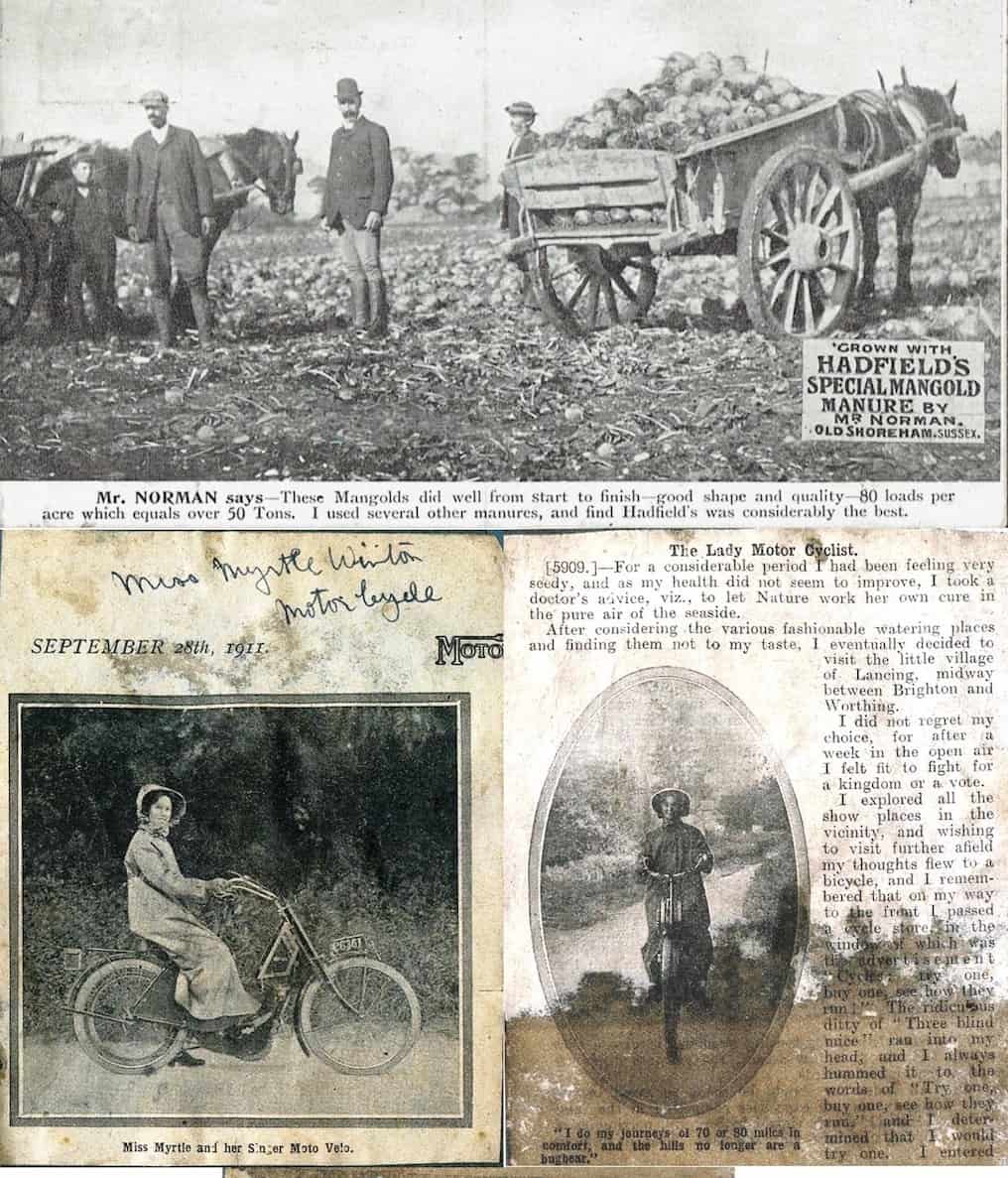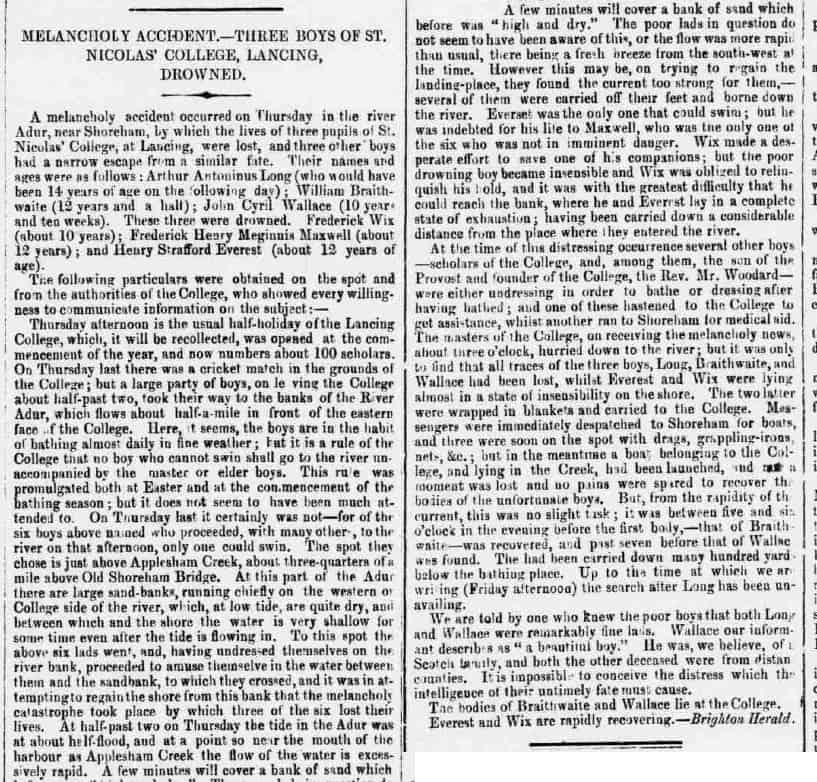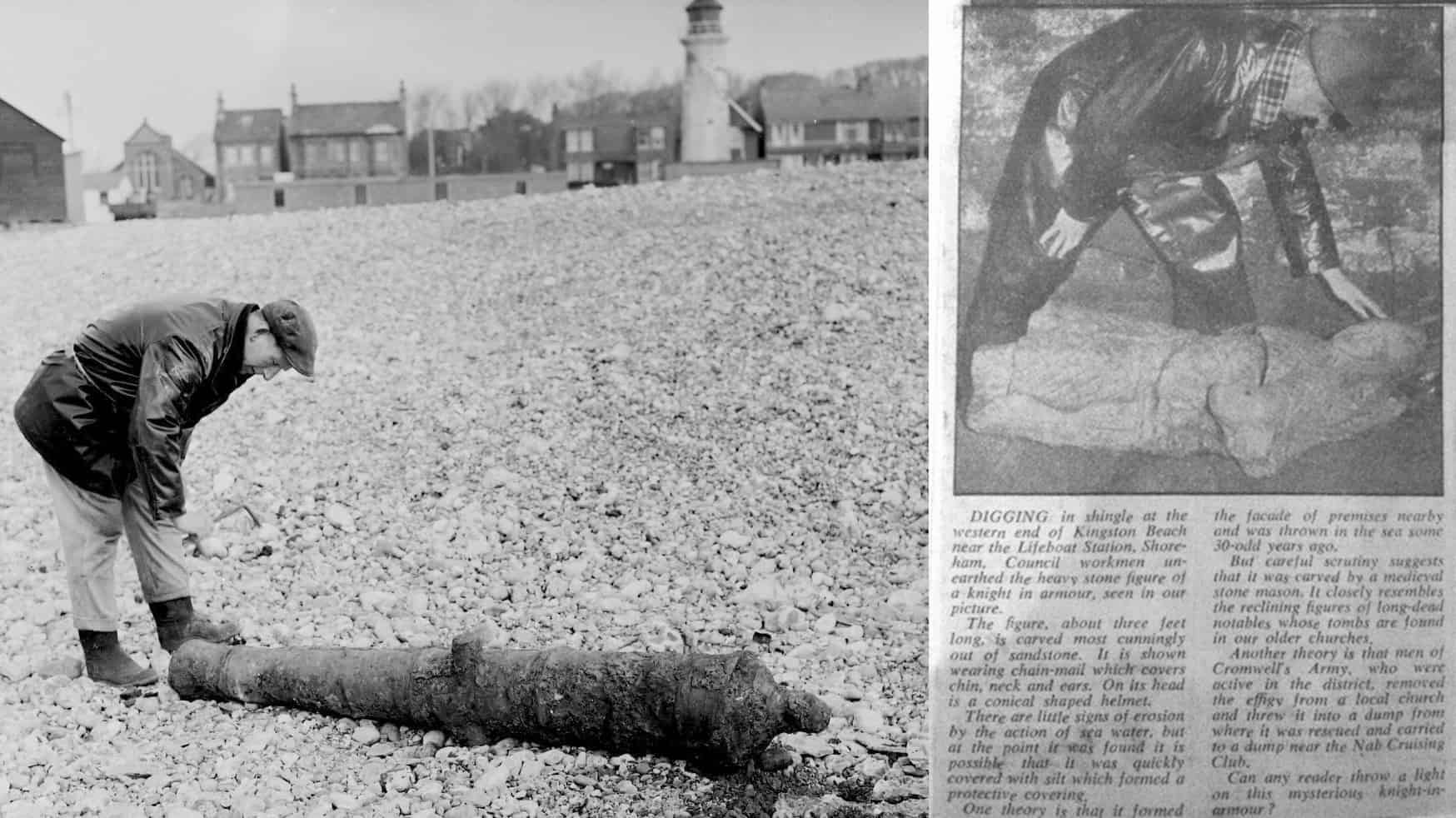Newspaper Reports continued 3:-
1809 ‘Extensive docks’ (i.e., sluices) were constructed ‘between Shoreham and Lancing to drain the low lands in that neighbourhood’ and replaced the marshland with meadowland that one hundred years later was to be used for the airport.
John (88) and Elizabeth (87) Boyce were landlord and landlady of the Star Inn (on the corner of Church and High Streets) for over 50 years. They had been married for 60 years and both died in July of 1812 within a week of each other.
